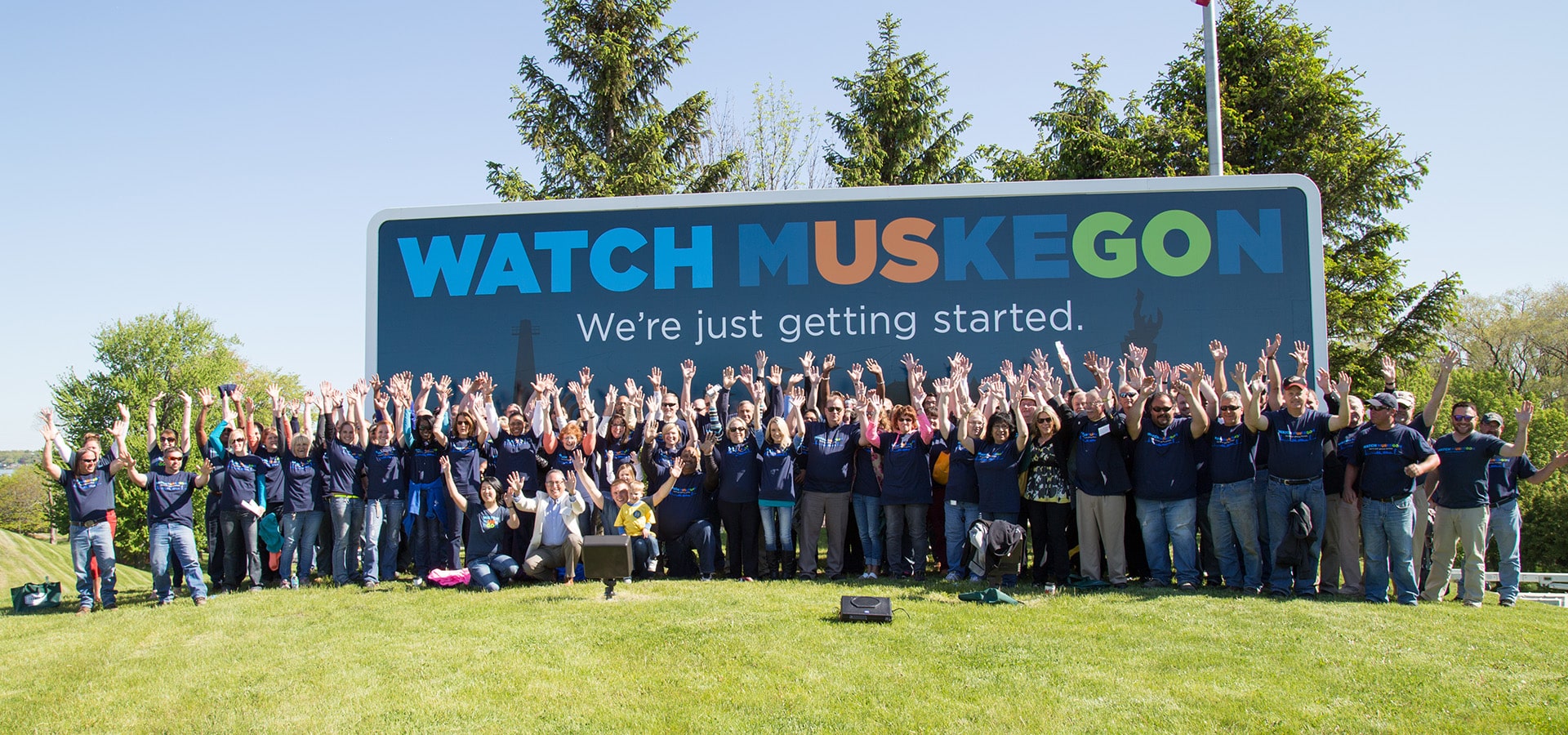It’s an issue that goes way back. Heck, the caveman selling the wheel was likely thinking,”What kind of neanderthal handed me this dead-end lead?” (while the marketing caveman was tightening his grip on his club).
Aligning sales and marketing has always been tough, but it doesn’t have to be such a struggle. The key is convincing each department that they share a common goal and literally need each other in order to achieve it. You have to get them on the same page. Easier said than done? Nah! You got this. Just use these three strategies and before you know it, your marketing and sales will be working seamlessly together — and your lead conversions will show it!
#1. Show Some R-E-S-P-E-C-T
Yes, you’ve had more meetings than you can count, discussed solutions a billion times, yet your marketing and sales still don’t align. What gives? Well, if you’re like most companies, your meetings and discussions probably tend to involve a lot of finger-pointing. Instead, try to focus on expectations. What does sales want and expect from marketing and marketing from sales? Once you’ve established this, you can move on to showing value, which in turn will lead to mutual respect (and then you’ll be cooking with gas).
You see, one of the main reasons for the disconnect between marketing and sales departments is a lack of understanding and appreciation. The marketing gang needs to learn what is involved in the sales process, what happens when sales gets a lead and what it takes to close the deal. Knowing this will allow them to not only gain insight and respect for what sales does, but also help with sales enablement by strengthening their ability to identify leads the sales team will have an easier time converting. Automation can also help by weeding out the bad leads and qualifying the ones worth following. (Pssst: we are Hubspot certified and happy to assist you with this!)
Here comes the vice-versa. By the same token, sales needs to understand what it takes to attract a lead and nurture it through the buyer’s journey. By learning the process of developing personas, building a brand, creating content — all the stuff marketing does to find a lead — sales can appreciate marketing’s part in the process. Ta-da! Mutual respect is created, and believe us, that goes a long way. Next…
#2. Keep the Communication Going
At this point, the arguing and blame game should come to a screeching halt and you’ll no longer have to say stuff like, “Do I have to pull this car over?” On the other hand, this is no time for silence! There is a sea of competition out there, and with a massive amount of online info, the only way to keep your potential customers from setting sail in a different direction is by making sure your front-line sales team is in constant communication with your behind the scenes marketing group. Sales should report back issues they may be having so that marketing can develop a strategy to overcome them. Likewise, marketing needs to keep sales up-to-date on the status of leads and where they are in the sales funnel. Keeping each other informed will help sales and marketing stay aligned, and stay focused on the end goal.
#3. Monitor Like Mad
No, this doesn’t mean you have to micromanage or act like an overbearing parent, it just means you should, you know, check the rearview mirror once in a while, make sure all is going well and no one’s doing anything that would make you have to actually pull the car over for real. In other words, casually stay on top of information, such as the percentage of marketing provided leads that are being handled by sales, the rate these leads are being converted into customers, the number of leads marketing is handing off to sales, and reasons sales may be disqualifying leads. This is all valuable data to not only troubleshoot your process, but also ensure marketing and sales are still in sync.
Like most things in life, aligning sales and marketing is something you have to keep working on in order for it to, well, keep working. Following these three strategies will definitely help, and if you need any more assistance, just give us a holler. That’s pretty much why we’re here.










